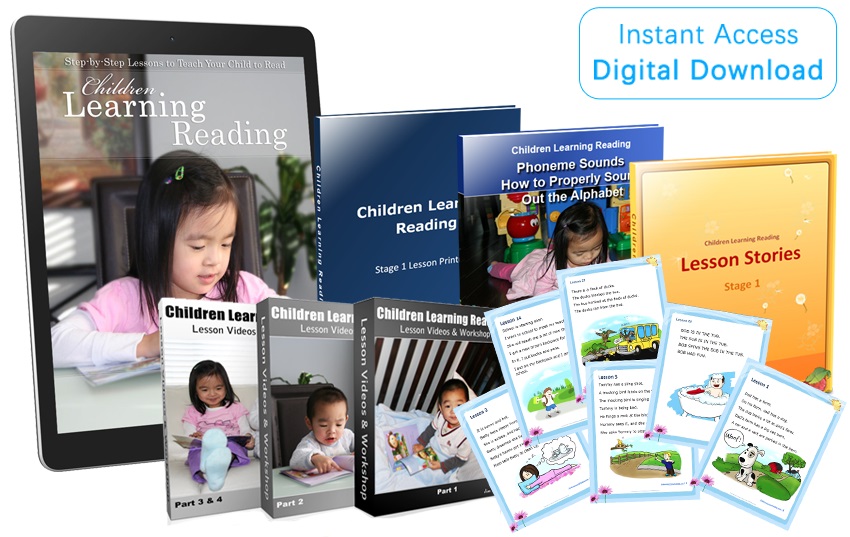Wide Range Reading Test (Part 3)
Over parts 1 & 2 of this three-part series, we have discussed two of the most popular reading tests that can be used to assess a child’s reading age. Specifically, we looked at the Burt Reading Test and the Word Reading Test.
What we found was that both tests used a similar process to gauge reading age. Both involved reading through lists of words and stopping when the child was unable to read particular words. Based on the number the child got right, they would then be given a higher or lower score.
This is a quick and effective way to test a child’s familiarity with common words – and depending on the level the child is being tested at, some of the vocabulary used eventually gets quite advanced.
But there are problems. For starters, reading is about much more than just vocabulary. These tests don’t include grammar, comprehension or sentence structure. What’s more, is that the words are the exact same every time. This means that the same test could not be used repeatedly to test a child’s progress (because they would learn the words from taking the test) and it means that a child could fail the test if they had certain gaps in their vocabulary but were otherwise good readers.
The best way to use these tests is in a fun and light-hearted manner without putting too much stock in the results. Using an average from both tests could also help to improve scores.
But what about the third and final method?
What is the Wide Range Reading Test?
The Wide Range Reading Test is a test that’s available from donpotter.net and can be found at this link.
Once again, the system used is very similar, utilizing a list of words that must be read in order and that start simple and get increasingly more difficult over time.
The difference is once again in the specific word selection and in the rules applied. This time there are 19 rows of words with each row representing a ‘raw score’ – that being the child’s reading grade level. So if the child reads the complete row but can’t complete the next one, that will provide them with their score.
For a row to be considered complete, a child must read through it without making 7 consecutive failures. Once they do, they stop and are given their score. The rows only contain seven words, so if the child only gets one word correct on each line, they are able to progress to the next line.
As an example of the words involved, this is row six:
“Quality – escape – urge – collapse – grieve – abuse – residence”
If a child completes that row they score ‘50’ which means 5 years and 0 months reading age.
Once again, the test has some of the same flaws as the others we’ve looked at – but when you combine the scores across all three you can gain a somewhat accurate insight into your child’s reading ability.
Conclusions
While you shouldn’t place too much stock in the results from these tests, they nevertheless provide a fun and practical way for parents to test their children at home and when the scores are combined they should be fairly accurate.
Don’t worry if your child’s score isn’t what you hoped it would be! Reading is something you can improve easily with practice and patience, so see this as an opportunity to spend more time reading with your child and to help give them an advantage in the classroom and in life.
Reading is a fantastic, liberating skill that will open a lot of doors for your children. Take the time to instil a passion for reading and you will be giving a gift that will benefit them for a lifetime.



